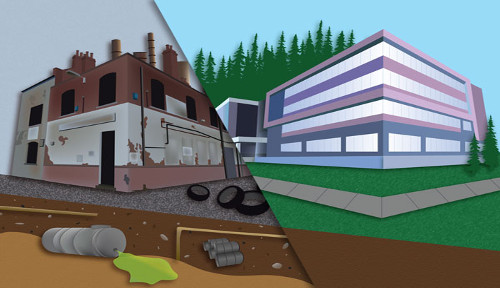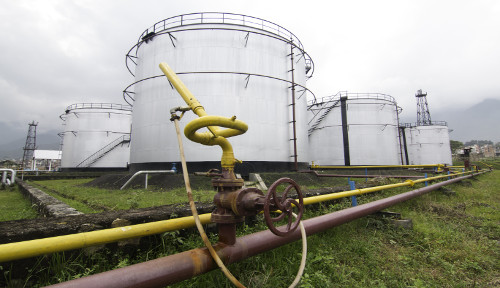
The Infrastructure Investment and Jobs Act (IIJA) was signed into law on November 15, 2021. The $1.2 trillion IIJA
reauthorizes the nation’s surface transportation and drinking water and wastewater legislation, and includes an additional $550 billion in funding for new programs in
transportation, energy transmission, resilience, broadband, and others, approximately half of which goes to the U.S. Department of Transportation over the next five years.
The bill focuses on making investments that will address equity, sustainability, resilience, climate change, safety, and asset condition. IIJA expands eligibility and
changes some policy requirements in legacy programs, and establishes several new formula-funded and discretionary programs.
Get Started
Choose a category below to learn more about the various environmental program investments funded by the IIJA.
Environmental Remediation

The IIJA will invest $21 billion in environmental remediation – the largest investment in addressing legacy pollution in American history. These projects will remediate environmental harms, address the legacy pollution that harms the public health of communities, create good-paying union jobs, and advance long overdue environmental justice.
Clean Energy and Power

Our energy system is in desperate need of modernization and reform to increase resilience and bring low-cost clean energy to more Americans.
The IIJA is the largest investment in clean energy
infrastructure in American history. It will modernize our power grid by building and
upgrading thousands of miles of resilient transmission lines to reduce outages and
energy costs and facilitate the expansion of clean energy.
Resilience Environmental Programs

The IIJA contains historic funding for resilience to all hazards including cyber, climate, and other threats communities face.
Some of the mostsignificant of these investments are promoting Resilient Operations for Transformative, Efficient, and Cost-Saving Transportation (PROTECT) Grants,
wildfire management, investments in resilience through the Army Corps of Engineers,
western water, flood mitigation assistance program, weatherization, and cybersecurity.
Water Infrastructure Programs

The nation has underinvested in water infrastructure for too long, putting communities at risk. Lead pipes, water main breaks, PFAS contamination, and failing wastewater management
systems threaten the safety and security of Americans across the country. Long-term drought and water shortages in many areas of the nation, fueled by climate change, have laid
bare underinvestment in water reuse, conveyance and storage infrastructure.